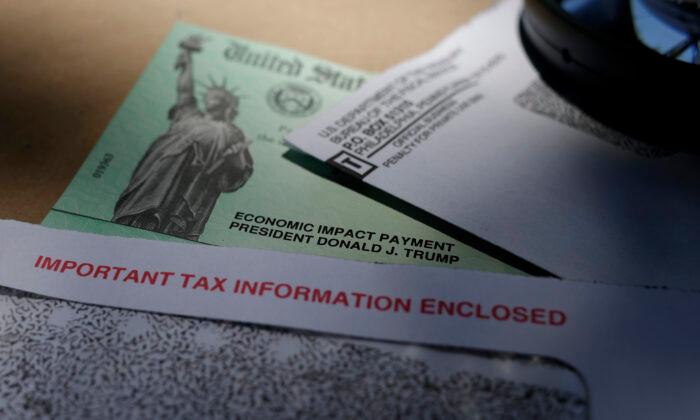Large swaths of North America could face blackouts or other emergencies during extreme cold during the 2022–23 winter due to fewer natural gas and coal supplies, said the North American Electric Reliability Corporation (NERC).
A report from NERC, a U.S. regulatory body that manages grid stability, said that power grids in Texas, the Carolinas, New England, and the Midwest, are at the most risk of power supply shortfalls during periods of elevated demand.
“The trend is we see more areas at risk, we see more retirements of critical generation, fuel challenges and we are doing everything we can,” John Moura, NERC’s director of reliability assessment, told Bloomberg News. “These challenges don’t kind of appear out of nowhere.”
Moura and other operators told Bloomberg that during extreme weather or cold periods during the upcoming winter, a quarter of all Americans could face blackout risks.
Jim Matheson, chief executive officer of the National Rural Electric Cooperative Association, added to the news outlet that demand for power will exceed the “available supply during peak winter conditions, consumers face an inconceivable but real threat of rolling blackouts.”
Matheson then warned that “it doesn’t have to be this way, but absent a shift in state and federal energy policy, this is a reality we will face for years to come.”
Announcement
On Friday, the Department of Energy (DOE) said that it is soliciting grant applications for $13 billion in new financing under the bipartisan infrastructure bill for the expansion and modernization of the U.S. electric grid.The $1.2 trillion infrastructure law, passed last year, provides $10.5 billion to harden power systems against growing threats like extreme weather and climate change, the DOE said, and a further $2.5 billion to help build new transmission lines.
An estimated 70 percent of the nation’s transmission lines are over 25 years old, and this aging infrastructure makes American communities, critical infrastructure and economic interests vulnerable, the White House said.





